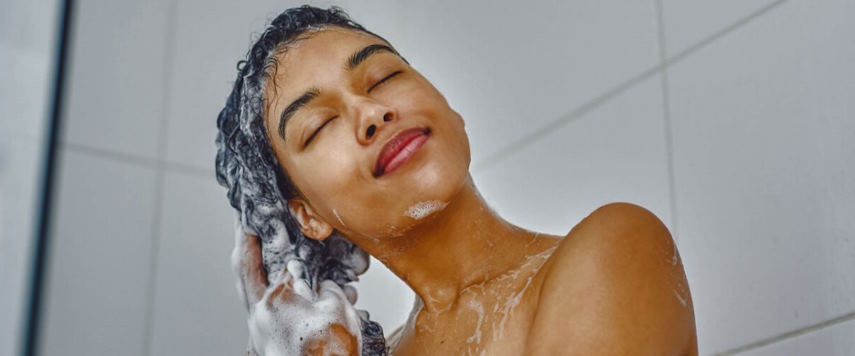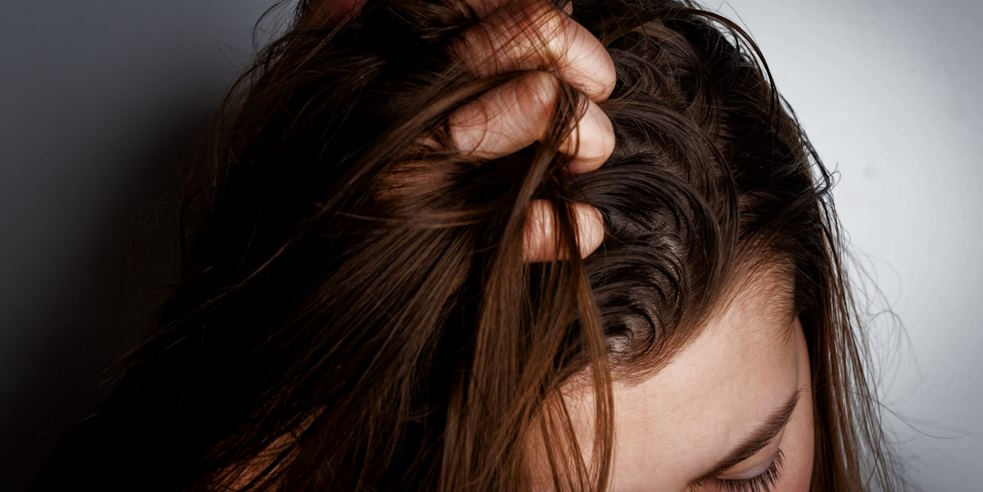Here we speak about a widespread problem a lot of people come across. Scalp oil can leave your hair greasy and flat, affecting your overall appearance and confidence. If you find yourself constantly battling oily hair, it’s essential to understand the reasons and develop effective strategies to control oil production.
What are the challenges of managing oily hair?
One of the primary challenges is dealing with the constant greasy appearance that accompanies excess scalp oil production. Oily hair looks shiny and slick, appearing unwashed even shortly after shampooing.
Besides, the excessive oil can weigh down the hair strands, robbing them of volume and making the hair appear lifeless and lacking in body.
Styling oily hair can also be a challenge. The excessive oil makes it difficult for hair to hold a style, and it can quickly become limp and flat even after using styling products.
How can I control excess scalp oil?
Controlling excess scalp oil requires making certain adjustments to your hair care routine. Here are some tips to help you manage and control oily hair:
Shampoo regularly
Washing your hair regularly with a gentle, clarifying shampoo can help remove excess oil and keep your scalp clean. Choose a shampoo specifically designed for oily hair or one that contains ingredients like tea tree oil or salicylic acid, which can help regulate oil production.
Avoid over-washing
While regular washing is important, be mindful not to overdo it. Overwashing can strip your scalp of its natural oils, causing it to produce even more oil to compensate. Aim to wash your hair every other day or as needed to maintain a balance.

Use lukewarm water
When washing your hair, opt for lukewarm water instead of hot water. Hot water can stimulate oil production, exacerbating the issue of oily hair. Lukewarm water helps to keep the scalp clean without triggering excessive oil production.
Focus on the scalp
When shampooing, pay extra attention to your scalp rather than lathering up the ends of your hair. Gently massage the shampoo into your scalp using your fingertips to help remove excess oil and product buildup.
Choose lightweight hair products
Opt for lightweight, oil-free hair products like mousses, gels, and serums. Avoid heavy creams or oil-based products that can make your hair look greasy.
Avoid touching your hair
Touching your hair throughout the day can transfer oils from your hands to your strands, making them appear greasier. Try to minimize touching or styling your hair excessively.
Maintain a healthy diet and lifestyle
A balanced diet rich in vitamins, minerals, and antioxidants can contribute to healthier hair and scalp. Additionally, managing stress levels, getting enough sleep, and staying hydrated can also help promote a healthier scalp environment.
Use dry shampoo
Dry shampoo can be a lifesaver for oily hair, especially when you need a quick refresh between washes. It helps absorb excess oil and adds volume to your hair.

